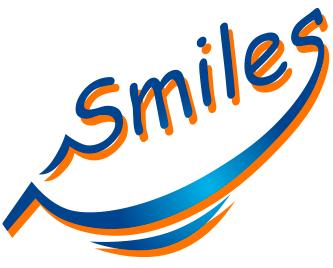No-prep 3D printed bridge restores toddler’s front tooth-gentle, growth-friendly care for pediatric dental trauma and early tooth loss.
When a 2-year-old girl lost her front tooth after an abscess due to a traumatic fall a few days before her second birthday, her parents were heartbroken. Not only did this little one deal with fever, swelling and discomfort, she now was missing part of her smile.
Traditional dental replacements for toddlers are often bulky, uncomfortable, and not well designed for such young children. But thanks to advancements in digital dentistry and in-office 3D dental printing, we were able to offer something different.
A gentle, beautiful, and custom-fit solution that honored both the child’s development and the family’s wishes.
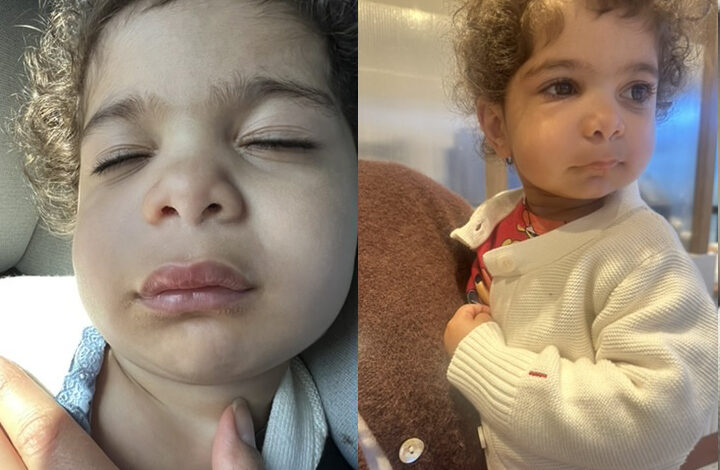
The Challenge of Replacing a Baby Front Tooth
Dental injuries in toddlers are more common than most people realize, and when a front tooth needs to be removed, whether due to trauma or infection, parents often feel helpless. They want to preserve their child’s smile, but most replacement options are invasive, require metal bands and even sedation to deliver. This can certainly feel overwhelming for the parents and the child.
In this case, the patient was not even two years old when she experienced a crown fracture to her upper right front tooth (baby tooth E). Initially stable, the tooth later became infected and had to be removed. Her parents were understandably concerned, not just about function, but about how this would affect her appearance, social interactions, and emotional well-being.

A Gentle, Growth-Friendly Alternative
After an in-depth conversation with the family which included a review of all treatment options, we landed on something truly innovative: a digitally designed, 3D printed pediatric cantilever bridge that would replace the missing primary tooth without drilling, metal, or local anesthesia.
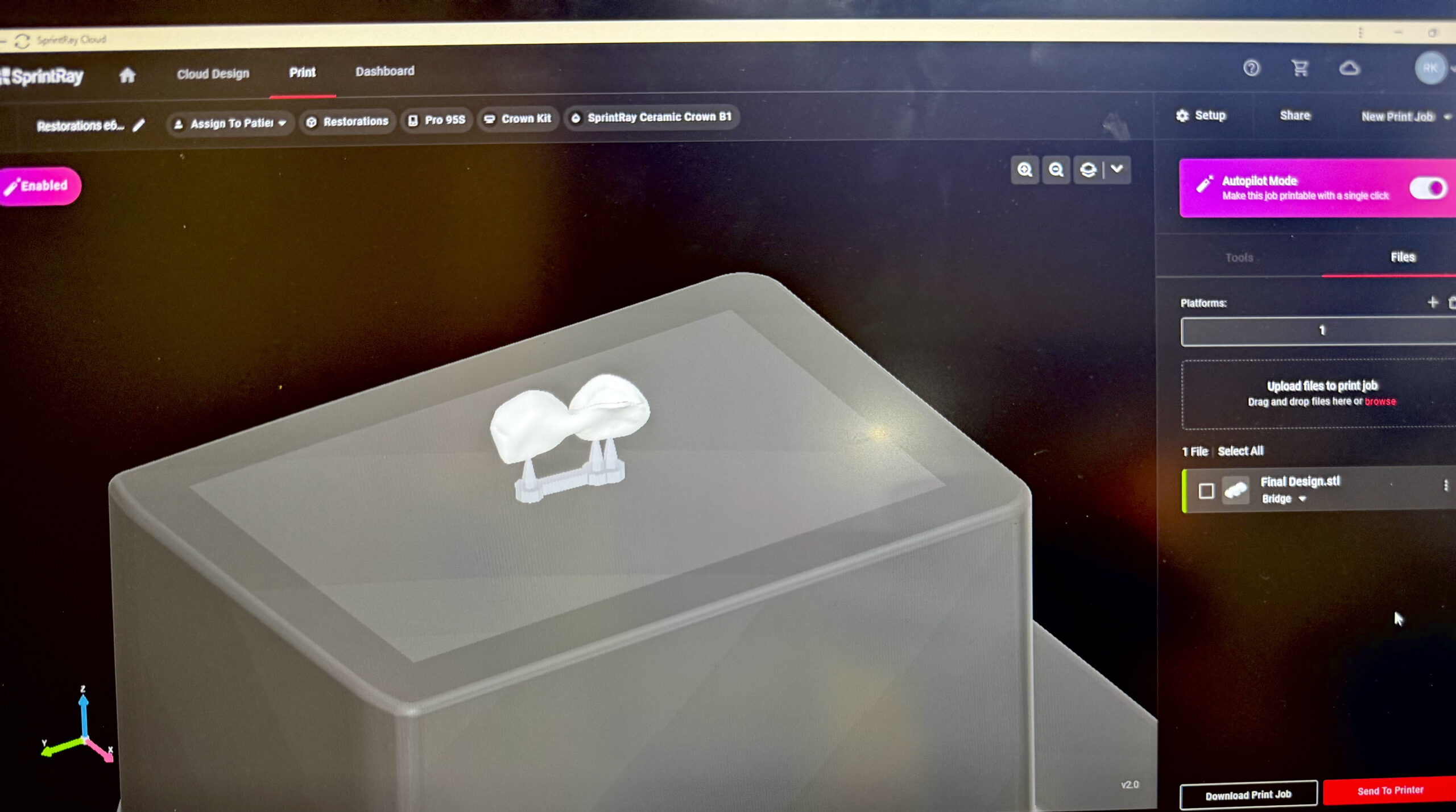
Using a digital intraoral scan and computer-aided design (CAD), we created a tiny crown to gently fit over the neighboring baby lateral incisor (tooth D). From this crown, a small pontic (replacement tooth) would cantilever into the space where tooth E had been. The entire appliance was printed in our office using a safe, biocompatible resin and delivered in a single, short visit, without needing any sedation.
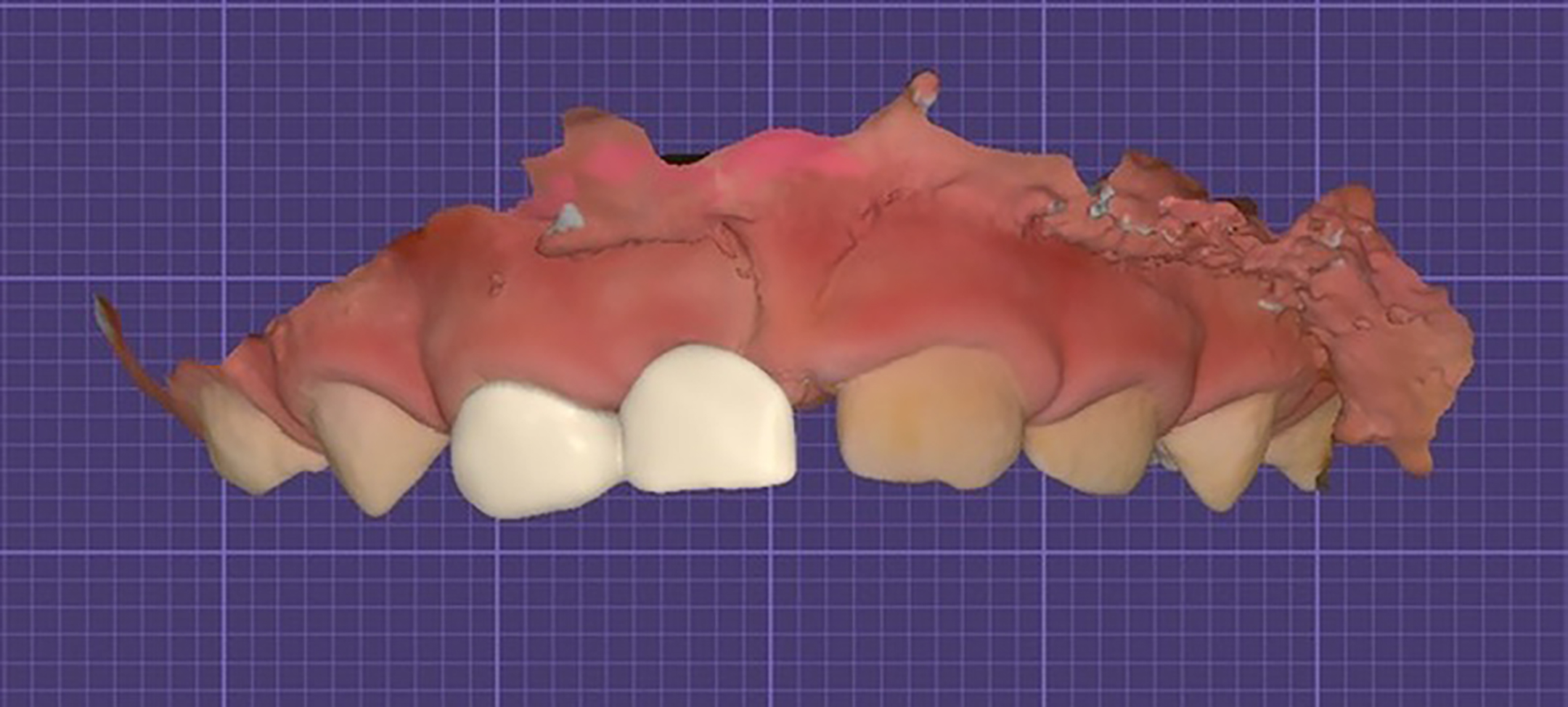
What Made This So Unique?
- No prep, no anesthesia, no metal: The supporting tooth was left completely intact. And no bands, and no discomfort were present.
- Behaviorally appropriate: The child was comfortably placed in a knee-to-knee position on her parent’s lap for both the oral scan and the subsequent delivery visit. Both visits were efficiently completed within 15 minutes of time.
- Esthetic and light: The restoration blended beautifully with her natural teeth and was lightweight and comfortable.
- Digitally streamlined: From scan to design to print, the whole procedure was completed in-house, allowing for rapid, precise delivery.
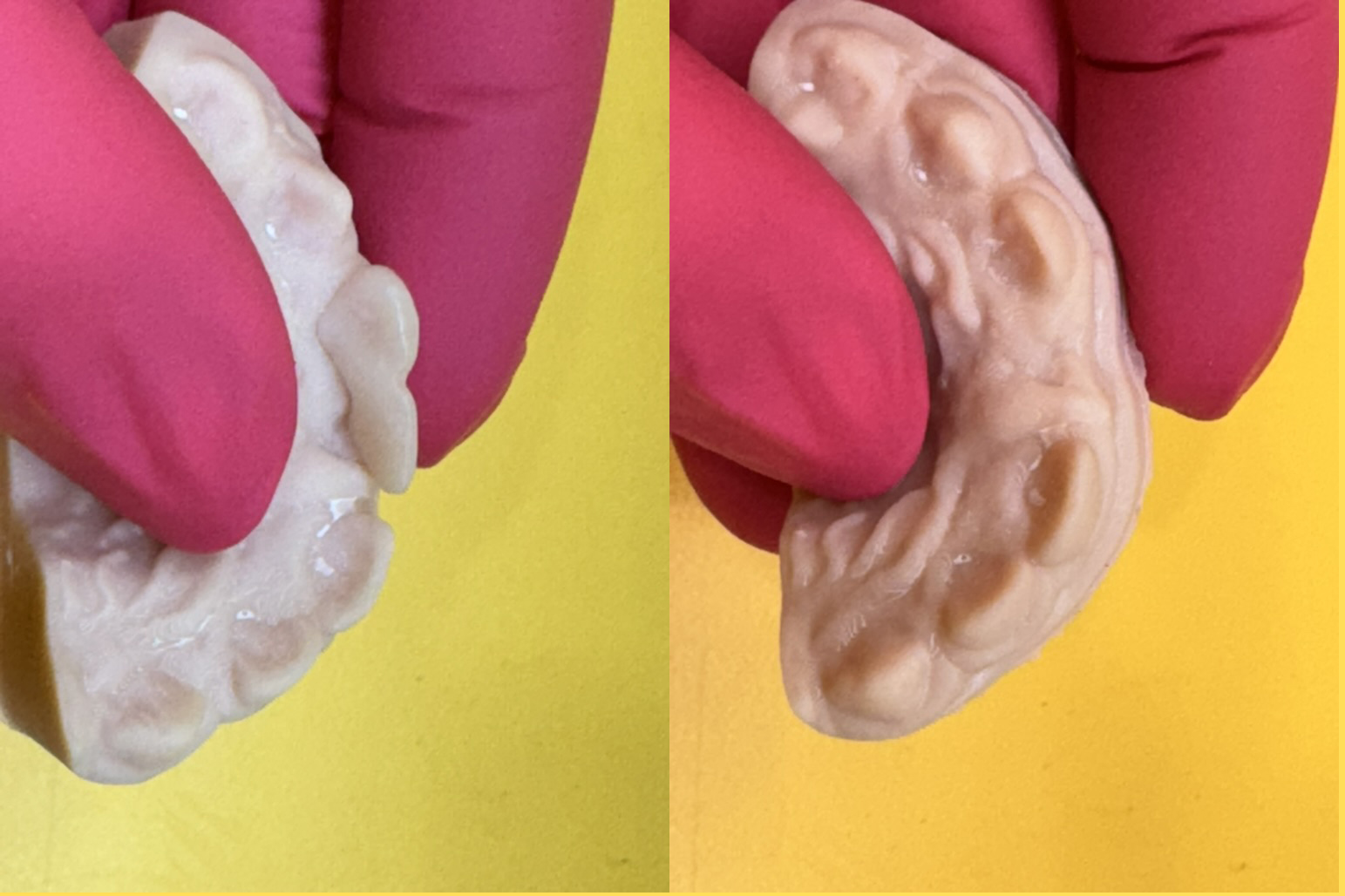
A Look Inside the Process
Here’s how we created this tiny-yet-mighty smile solution:
- Intraoral Scan: Captured a digital image of the healing socket and surrounding teeth using the iTero Lumina scanner.
- Design: Used CAD software (Exocad) to create a no-prep, full-coverage crown for tooth D that would support the cantilevered pontic to replace tooth E
- Print: Fabricated the appliance in-office using SprintRay’s biocompatible ceramic crown resin.
- Delivery: Seated and bonded the appliance using heated flowable composite after verifying fit and function on a model, sandblasting and then fitting in the mouth, all while the child remained calmly in her parent’s arms.

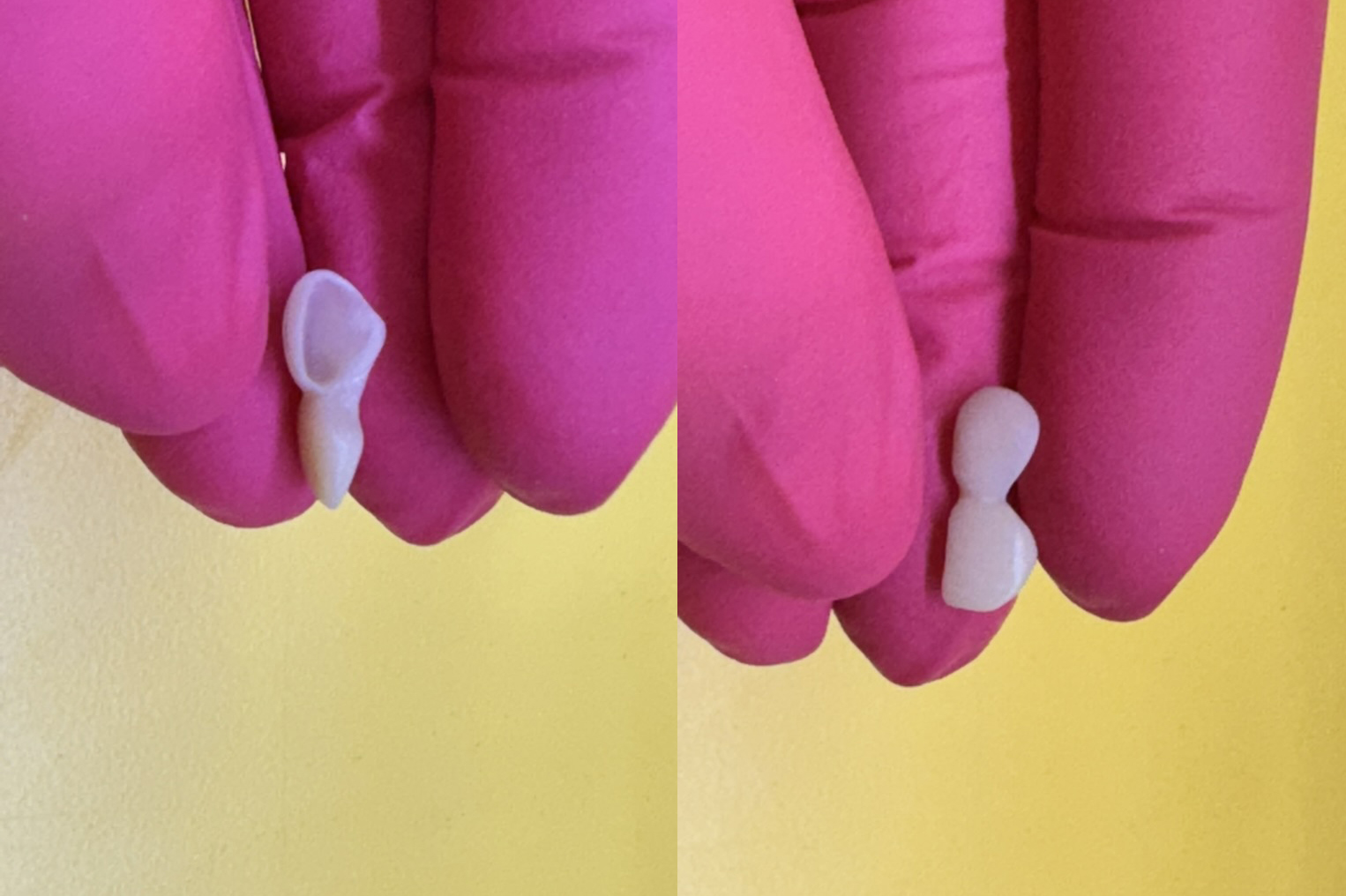
The Results? A Happy, Confident Smile
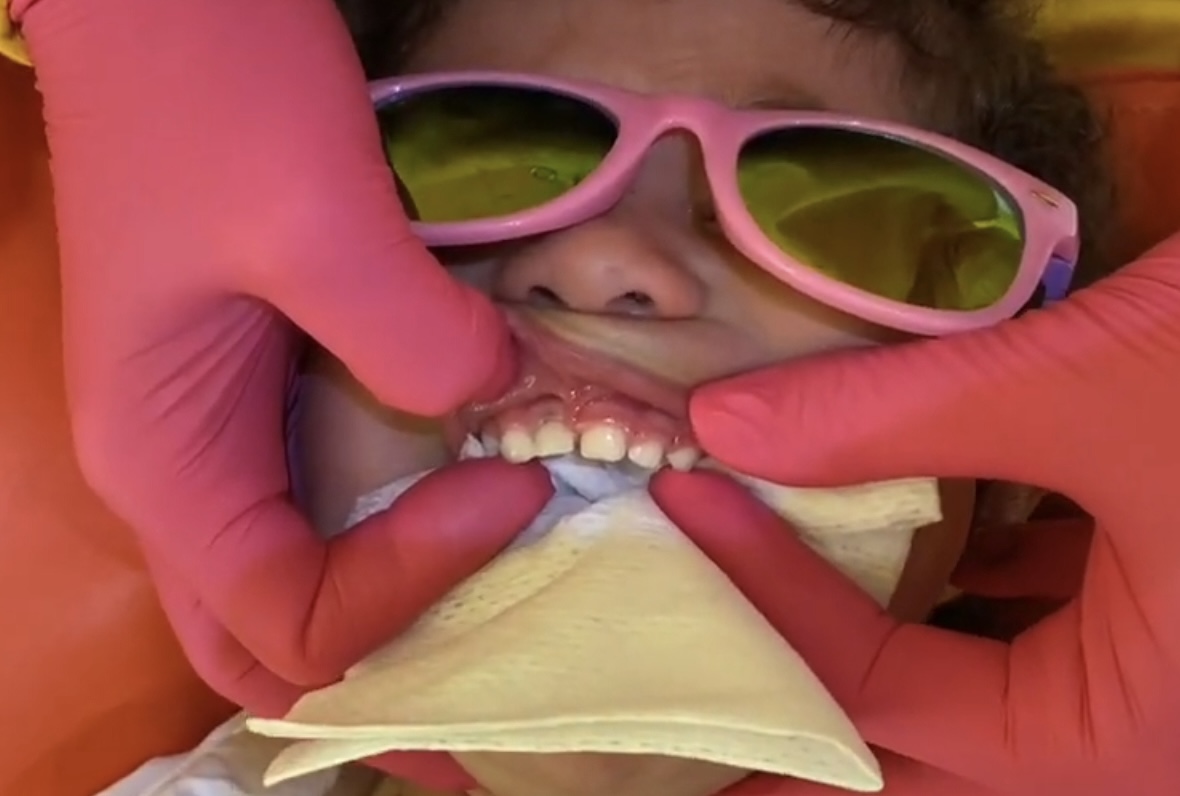
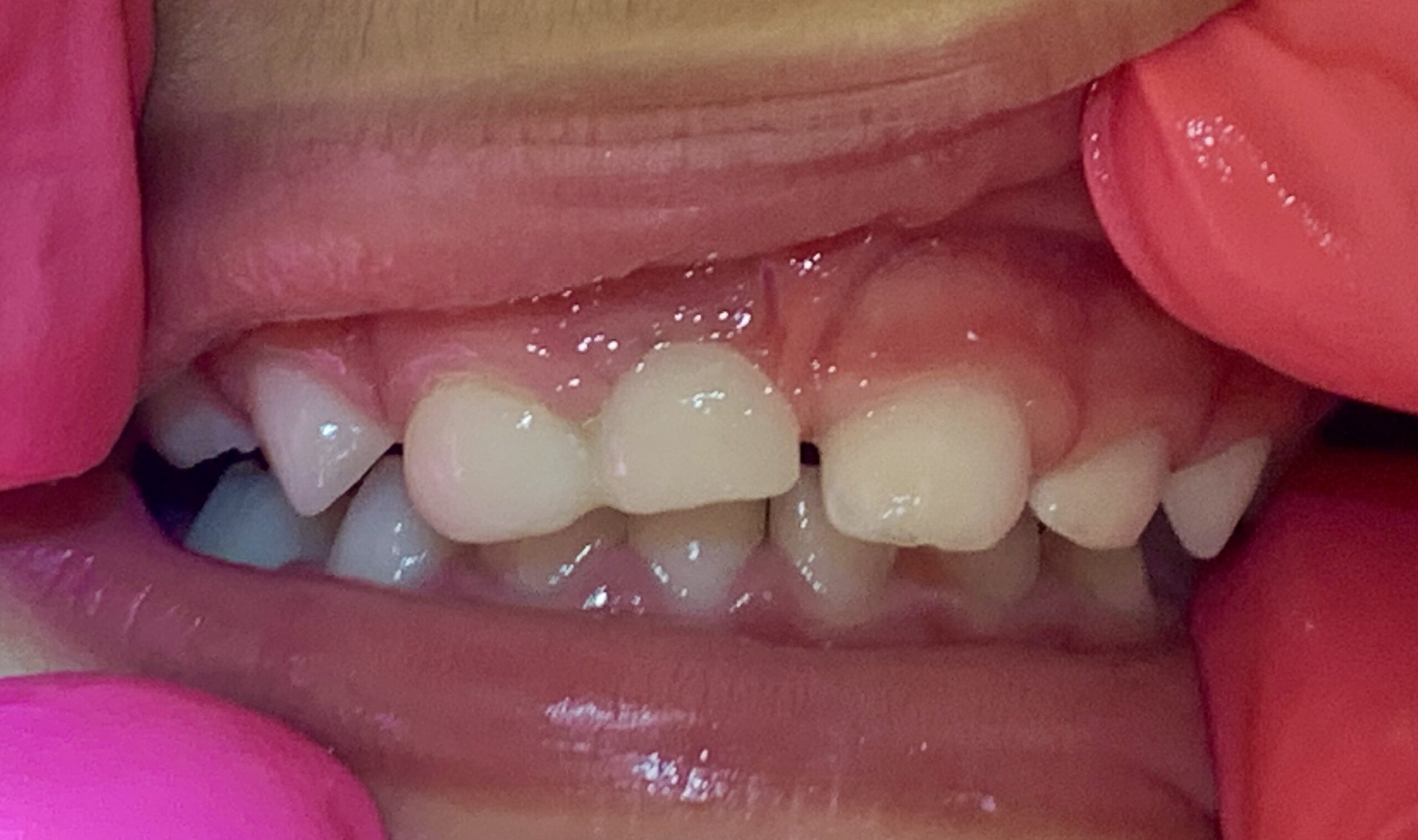
At both the one-week and two-month follow-ups, the restoration remained well situated. The surrounding gum tissue looked healthy, and most importantly, the child was smiling confidently again.
Her parents told us they saw a real difference in her social interactions, mood, and willingness to show off her new tooth.
We continue to monitor the case for any needed adjustments but are very excited about the possibilities that 3D printed options present in pediatric dentistry. We believe that these 3D printed solutions will only get better and better.
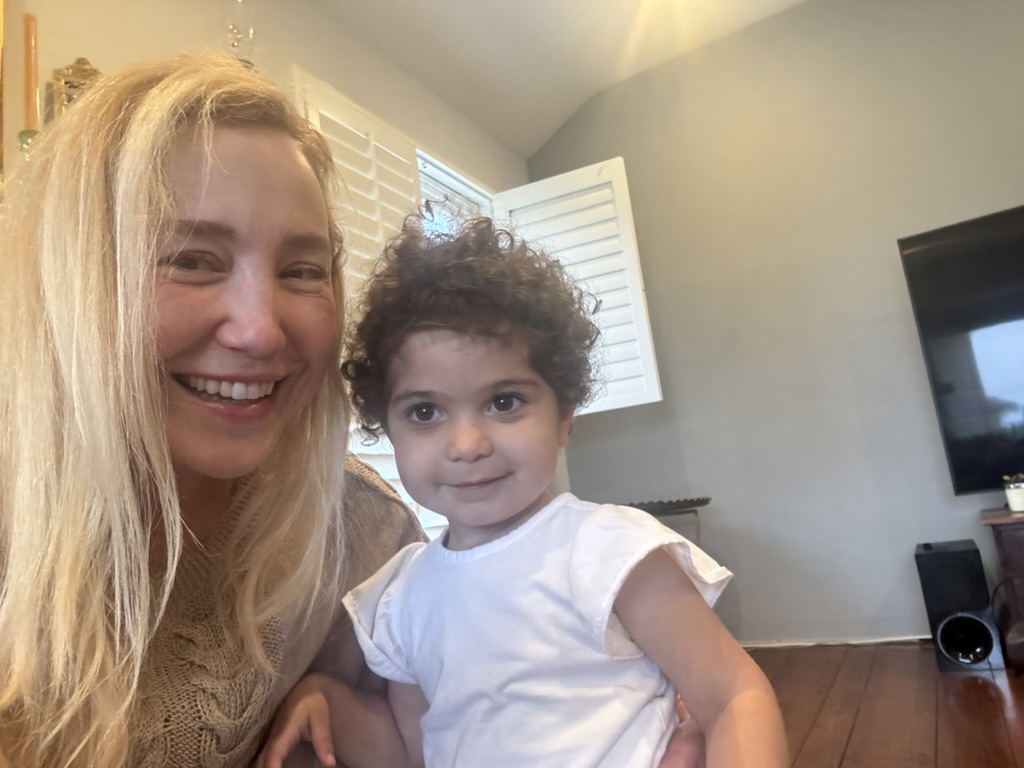
Why This Matters
For pediatric dentists and parents alike, this case opens up a world of possibilities. We now have the tools and technology to offer young children gentle, fully-customized, esthetic, and growth-friendly alternatives to traditional pediatric partials.
By embracing digital workflows and in-office 3D printing, we can:
- Reduce the need for sedation
- Preserve natural tooth structure
- Deliver highly personalized solutions in a single visit
- Support emotional healing after trauma
Final Thoughts
This case represents a quiet revolution in pediatric dentistry. As digital tools become more accessible, they allow us to care for even our littlest patients in ways that are less invasive, more esthetic, and more emotionally supportive. For this tiny patient and her family, a little 3D magic made all the difference.
If you’re a parent navigating early childhood tooth loss, or a provider looking to offer advanced, child-centered care, the future is already here, and it’s being 3D printed.


